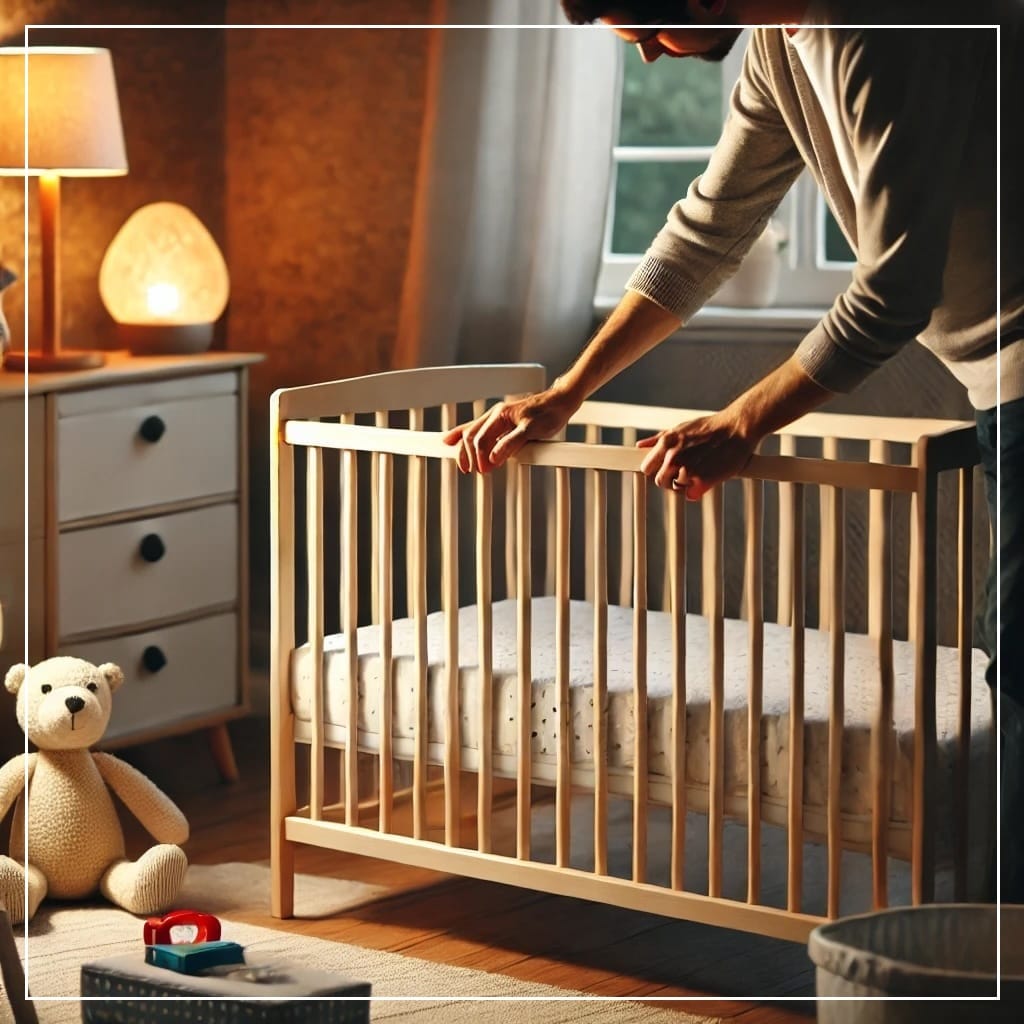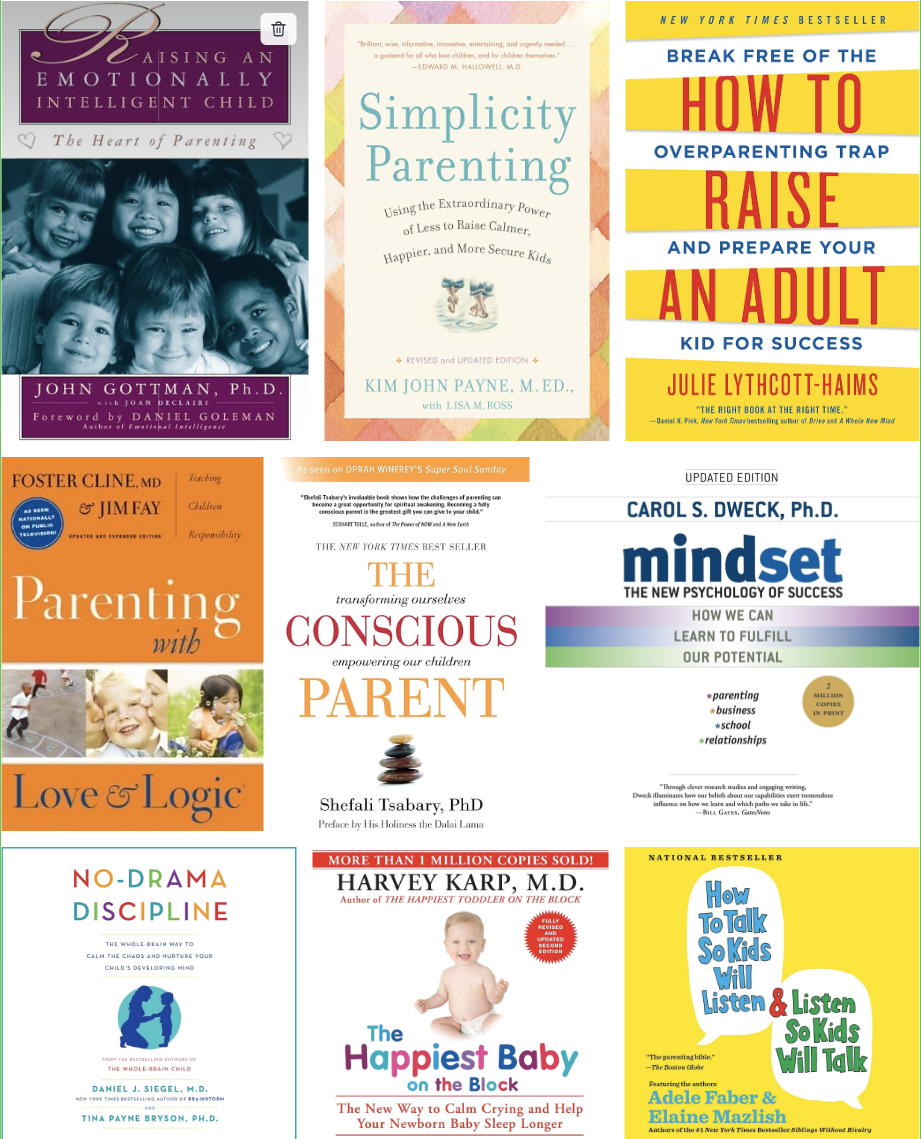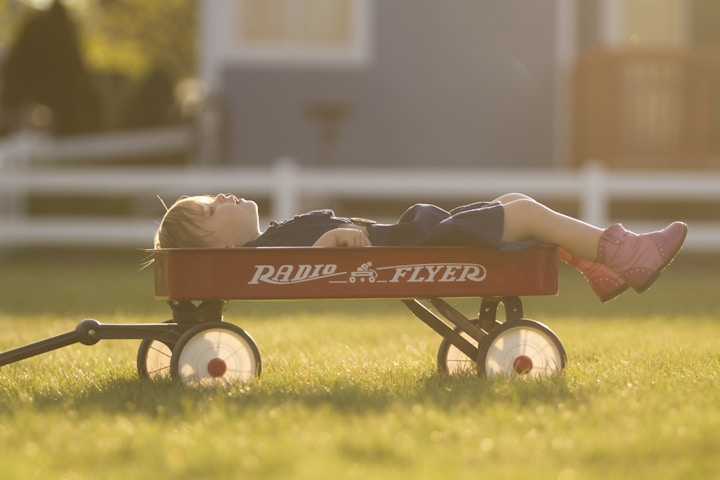When to Transition to a Toddler Bed
Transitioning from a crib to a toddler bed is an exciting milestone. This guide covers everything you need to know, including when to make the move, signs of readiness, safety tips, and expert advice to ensure a smooth and positive experience for your toddler.

One of the many milestones in early childhood is transitioning from a crib to a toddler bed. This move can be both exciting and daunting for parents and toddlers alike. Knowing when and how to make the switch is important for ensuring your toddler’s safety, comfort, and emotional readiness. While every child develops at their own pace, there are signs that can indicate when your little one is ready to move from the crib to their very own toddler bed.
In this detailed guide, we will cover everything parents need to know about transitioning their toddler, including signs of readiness, how to make the move smoother, and tips to ensure the new sleeping arrangement is a success.
Table of Contents
- When Is the Right Time to Transition?
- Signs Your Toddler Is Ready for a Bed
- Safety Considerations Before Transitioning
- Choosing the Right Toddler Bed
- Preparing Your Toddler for the Change
- How to Make the Transition Smooth
- Common Challenges and How to Handle Them
- Books and Resources on Toddler Sleep
- How Long Should Toddlers Stay in a Toddler Bed?
- Conclusion: Making the Transition a Positive Experience
When Is the Right Time to Transition?
One of the most common questions parents have is, "When should I move my child from a crib to a toddler bed?" There’s no one-size-fits-all answer, as the timing depends on both the child’s physical readiness and their developmental stage. While many toddlers transition to a bed between 18 months and 3 years old, this can vary.
Why Timing Matters: Moving too early can disrupt your child’s sleep routine, while moving too late may increase the risk of them trying to climb out of the crib, leading to safety concerns.
Factors to Consider:
- Age: Many experts, including the American Academy of Pediatrics, suggest transitioning to a bed between 2 and 3 years old, though every child is different.
- Climbing Attempts: If your child is starting to climb out of the crib, this is a key sign that it’s time to move them to a bed for their safety.
- Potty Training: If you’re in the process of potty training, having a bed they can easily get in and out of might help.
- Outgrowing the Crib: Some children physically outgrow their cribs before they’re emotionally ready for a toddler bed. In this case, you may need to transition sooner for their comfort.
Book Reference: For more insights on toddler sleep readiness and transitioning, check out healthy sleep habits, happy child by Dr. Marc Weissbluth.
Signs Your Toddler Is Ready for a Bed
There are several signs that can help you determine if your child is ready to move from a crib to a bed. Observing these cues can help you choose the right time for a smooth transition.

1. Climbing Out of the Crib
One of the clearest signs your toddler is ready for a bed is when they begin trying to climb out of the crib. Climbing can be dangerous, and once your child starts showing signs of attempting to get out, it’s time to consider the switch for their safety.
2. Showing Interest in a Bed
Some toddlers may show interest in sleeping in a “big kid” bed, especially if they’ve seen siblings or friends make the switch. This curiosity is a good indication that they might be emotionally ready for the change.
3. Outgrowing the Crib
If your toddler seems cramped or uncomfortable in their crib, it might be time to transition to a bed where they have more room to move and sleep comfortably.
4. Consistency with Sleep Patterns
If your child has developed a consistent sleep routine and is able to sleep through the night in their crib, this can be a good time to transition. Children who have established good sleep habits tend to adjust more easily to the change.
5. Potty Training Readiness
If your toddler is starting or in the midst of potty training, having easy access to a bathroom can make the process smoother. Moving to a bed allows them to get up during the night to use the toilet.
Safety Considerations Before Transitioning
Safety is paramount when transitioning to a toddler bed. Since toddlers are naturally curious and tend to move around a lot, ensuring the bed and the room are safe will help you and your child rest easy.
1. Toddler Bed Rails
Toddler beds are designed to be lower to the ground than cribs, but it’s still important to have bed rails to prevent your child from rolling out of bed during the night. Most toddler beds come with built-in rails, or you can purchase attachable ones.
2. Childproofing the Room
When your toddler moves to a bed, they gain more freedom to move around their room. Make sure the room is fully childproofed by securing furniture to the wall, removing hazards (like cords or small objects), and ensuring there are no sharp corners that could cause injury.
3. Safety Gates
If you’re concerned about your toddler wandering out of their room at night, installing a safety gate at the door can provide peace of mind. This keeps your toddler in their room until you’re ready to help them in the morning.
4. Bed Positioning
Position the toddler bed away from windows, radiators, and other potentially dangerous areas. If your toddler’s bed is placed against a wall, make sure it’s securely attached to avoid accidents.
Choosing the Right Toddler Bed
When transitioning from a crib, the right bed can make all the difference in ensuring your child feels secure and comfortable. Here are a few key factors to consider when choosing a toddler bed:
1. Size of the Bed
Toddler beds are smaller than twin beds, making the transition from a crib less intimidating for your child. These beds are designed to accommodate crib-sized mattresses, which are often familiar to toddlers, helping them feel secure in their new sleeping space.
2. Design Features
Look for beds that have built-in side rails to prevent falls. Some toddler beds are themed (like cars, castles, or animals), which can make the transition more exciting for your child. However, make sure the bed’s design doesn’t have sharp edges or small parts that could be dangerous.
3. Convertible Cribs
Many cribs are designed to convert into toddler beds. This option can make the transition smoother, as your child is already familiar with the bed, and it involves minimal disruption to their routine.
Book Reference: For guidance on toddler sleep and bed transitions, the no-cry sleep solution for toddlers and preschoolers by Elizabeth Pantley offers helpful tips on making this transition.
Preparing Your Toddler for the Change
Making the switch from crib to bed is a significant change for your toddler. Preparing them ahead of time will help ease any anxiety and make the transition a positive experience.
1. Introduce the Idea Gradually
Talk to your child about their new bed a few weeks before the transition. Explain that they’re growing up and ready for a big kid bed, and make it sound exciting. You can even read books about the transition to help normalize the experience.
2. Involve Them in the Process
Let your toddler help pick out the bed, sheets, and decorations for their new sleeping space. Allowing them to have a say will make them feel more involved and excited about the change.
3. Maintain Familiarity
Keep some familiar elements from the crib, such as their favorite blanket, stuffed animal, or crib sheets, to provide comfort in the new bed. Keeping these familiar items can help them feel safe and secure in the new environment.
4. Stick to Routine
Toddlers thrive on routine. When transitioning to a new bed, stick to the same bedtime routine you’ve been following. This might include a bath, bedtime story, and a final goodnight cuddle. Familiarity in the bedtime process will help them adjust more quickly to the new bed.
How to Make the Transition Smooth
While some toddlers take to their new beds without much trouble, others may struggle with the change. Here are some strategies to make the process smoother:

1. Start with Naps
If your toddler is hesitant about the new bed, start by having them take naps in it. This allows them to gradually adjust without the pressure of making a full overnight change.
2. Create a Safe Sleep Environment
Make sure their new bed feels as safe and cozy as their crib did. Use a nightlight if needed and ensure the room is dark and quiet. You can also play soft music or white noise to create a soothing environment.
3. Establish Clear Boundaries
When transitioning to a toddler bed, it’s important to set clear expectations about bedtime. Let your child know that once they are in bed, it’s time to sleep. If they try to get up repeatedly, calmly return them to bed without engaging in conversation or playing.
4. Positive Reinforcement
Praise your child for staying in their bed throughout the night. Positive reinforcement, such as a reward chart or verbal praise, can help motivate your toddler to stay in their new bed. You can use small rewards like stickers or extra storytime as incentives.
5. Patience and Consistency
Transitions can be difficult for toddlers, and there may be some resistance at first. Be patient and consistent in your approach. If your toddler gets out of bed frequently, gently guide them back and reassure them that their new bed is a safe place to sleep. Over time, they will get used to the change.
Book Reference: For a step-by-step guide to sleep training and transitioning, Sleep Solutions for Your Baby, Toddler and Preschooler by Ann Douglas is a helpful resource for parents dealing with sleep challenges during this period.
Common Challenges and How to Handle Them
It’s not uncommon for toddlers to experience challenges when transitioning to a new bed. Below are some of the most common issues parents encounter and how to address them:
1. Getting Out of Bed Repeatedly
This is perhaps the most common challenge. Once toddlers have the freedom to get out of bed, they may use it to test boundaries. If this happens, remain calm and consistent. Avoid engaging with your child, and simply guide them back to bed with as little interaction as possible.
Strategy: Implement a “no getting up” rule and be firm but gentle. You can use a visual cue, such as a toddler clock, that shows them when it’s okay to get out of bed.
2. Nighttime Fears
Some toddlers experience new fears when they move to a bigger bed, such as fear of the dark or fear of being alone. Providing a nightlight, keeping the door slightly ajar, and using comforting objects like a favorite stuffed animal can help alleviate these fears.
Strategy: Reassure your toddler that they are safe and that their bed is a cozy and secure place to sleep. You can also read stories that focus on bravery or overcoming nighttime fears.
3. Early Morning Wake-Ups
Once your toddler transitions to a bed, they might wake up earlier than usual and feel free to wander out of their room. Setting boundaries around when it’s okay to get out of bed is important for maintaining healthy sleep routines.
Strategy: Use a toddler clock to help them understand when it’s time to get up. You can also place a small basket of toys or books by their bed to keep them occupied quietly until it’s time to get up.
Book Reference: For tips on managing sleep challenges and early wake-ups, The Gentle Sleep Book by Sarah Ockwell Smith provides practical solutions for various toddler sleep issues.
Books and Resources on Toddler Sleep
Navigating sleep issues can be one of the biggest challenges when transitioning to a toddler bed. Fortunately, there are plenty of books and resources that offer expert advice on how to manage this stage effectively:

- Healthy Sleep Habits, Happy Child by Dr. Marc Weissbluth
This classic book provides comprehensive strategies for improving sleep habits from infancy through toddlerhood. - The No-Cry Sleep Solution by Elizabeth Pantley
This book is ideal for parents looking for gentle sleep solutions that don’t involve letting your child cry it out. - Sleep Solutions for Your Baby, Toddler and Preschooler by Ann Douglas
Discover a treasure trove of evidence-based strategies tailored to your baby’s unique sleep patterns and temperament. From soothing bedtime rituals to understanding the science behind sleep cycles, this guide empowers exhausted parents with practical solutions. - Eat, Sleep, Poop by Scott W. Cohen
This engaging narrative combines humor with valuable insights, offering a fresh perspective on the often-overlooked routine of babies. Through relatable anecdotes and expert advice, Cohen unravels the mysteries behind parenting’s most fundamental elements.
How Long Should Toddlers Stay in a Toddler Bed?
Once your child transitions to a toddler bed, you may wonder how long they should stay in it before moving to a twin or regular-sized bed. Toddler beds are generally suitable for children up to 5 years old, depending on their size and comfort. The transition to a larger bed typically occurs between 4 and 6 years of age.
Signs It’s Time to Move to a Bigger Bed:
- Outgrowing the Toddler Bed: If your child starts looking cramped or uncomfortable in their toddler bed, it’s time to consider upgrading to a twin or full-size bed.
- Greater Independence: As your child becomes more independent and confident, they may express interest in a “big kid” bed.
- Better Sleep Habits: If your child is sleeping well through the night and following a consistent routine, they may be ready for the next transition.
Conclusion: Making the Transition a Positive Experience
Transitioning from a crib to a toddler bed is a significant milestone in your child’s development. While it can come with challenges, the key to a successful transition is timing, preparation, and patience. By watching for signs of readiness, ensuring safety, and maintaining consistency in your routine, you can make the move to a toddler bed a positive experience for both you and your child.
It’s important to remember that every child is different. Some toddlers may adjust quickly, while others may need more time and reassurance. Whatever the pace, celebrate this exciting moment as a step toward your child’s growing independence.
For additional guidance, the books listed in this article offer valuable insights into toddler sleep, helping you navigate this new stage with confidence and calm.




